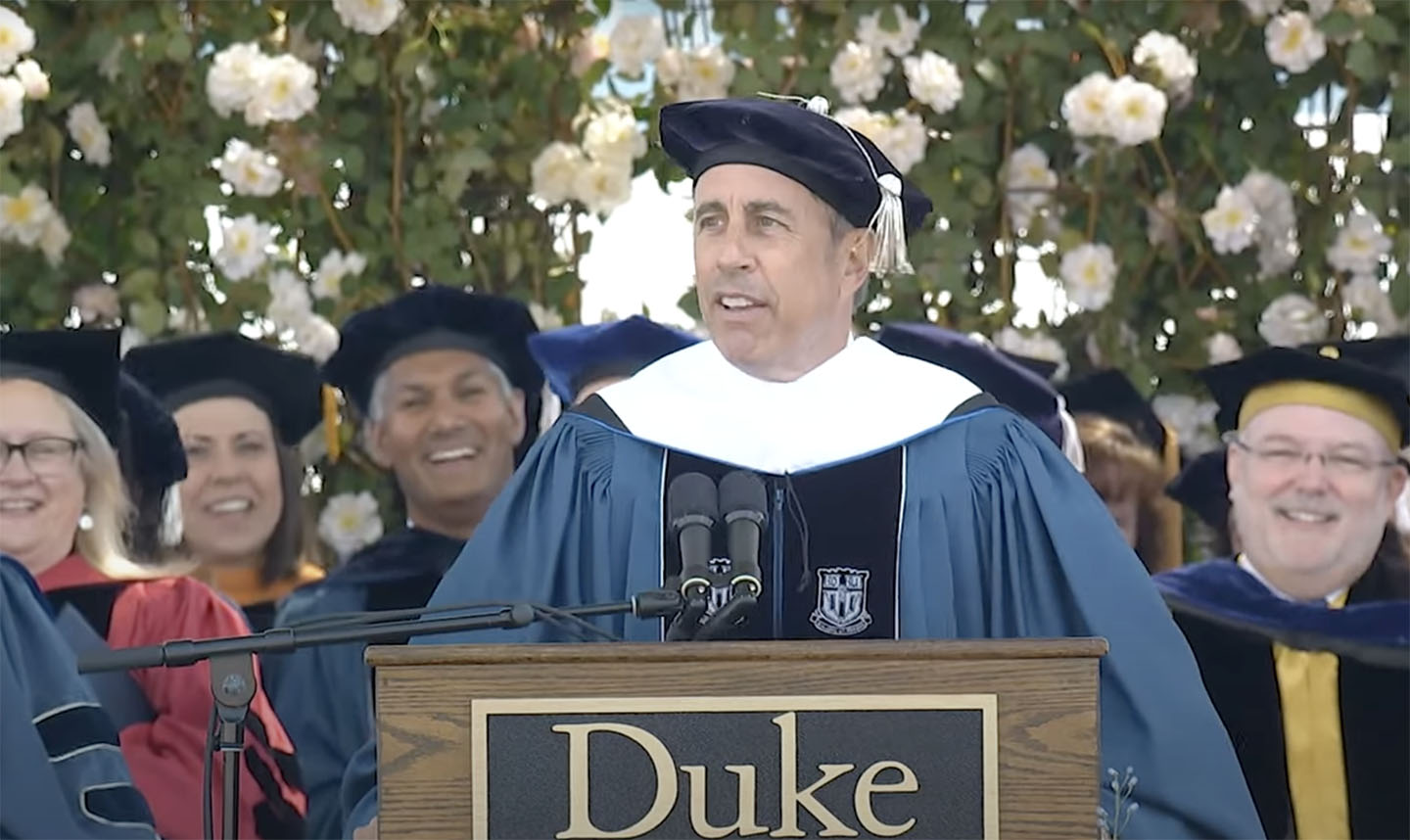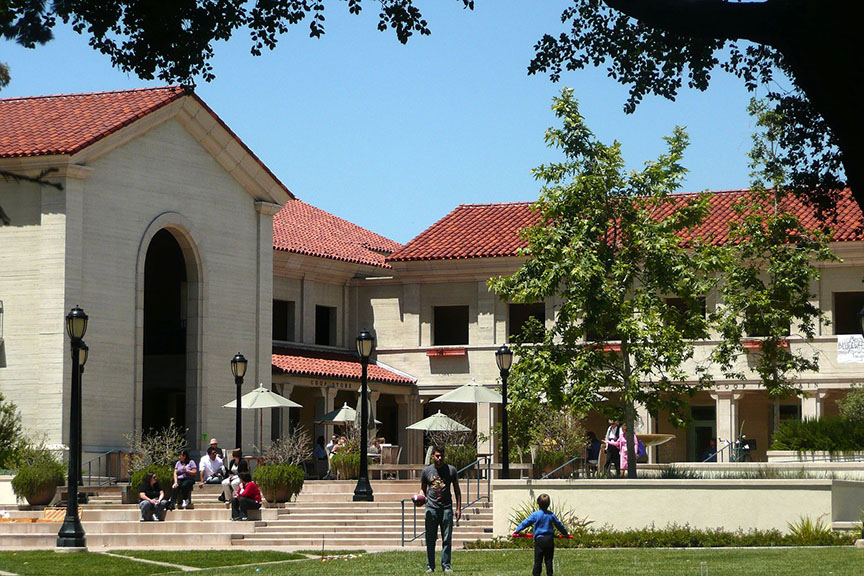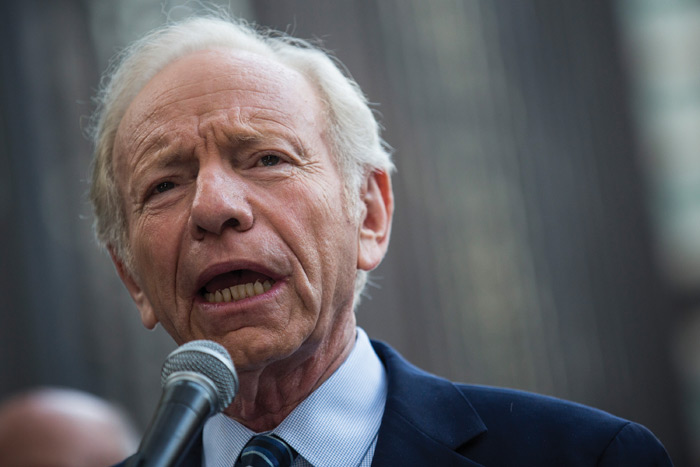How Our Tradition Works: Outside World Ideas are Necessary for our Understanding of Halacha
About a week ago, Yitzchak Zeev Soloveichik sent in a comment that crystalizes the debate over whether She’asani Yisrael – Who created me an Israelite! – is the right blessing for men and women to say in the morning or the three negative blessings, Not a Goy, Not a Slave, Not a Woman/by God’s will. Basically, the argument is that genuine halacha, Orthodoxy or Torah true Judaism should not be influenced by the outside world: by philosophic trends, cultural currents, ideas of the society around us. Thus, Soloveichik argues that first we need to come up with the halacha – which blessing to say, in this case – and then we work on how it interrelates with the world around us.
However, the great Netziv of the 19th century, the great great (not sure of how many greats) grandfather of Yitzchak Zeev Soloveichik himself, and of the Rav zt”l, Rav Ahron, zt”l, and so many other talmidei chachamim, and talmidot chachamim, declares openly in many difference places that from the very start, the tradition of halacha had to use external wisdoms, “chochmot chitzoniyot”, in order to carve out new, innovative understandings of the law which God gave Moses at Sinai. In fact, in Haamek Davar on the portion of Tetzaveh (see also in Haamek Davar on Beha’alotcha, and also in the Emek HaNetziv on his introduction to this work on Midrash Sifrei) the Netziv says that Moshe Rabeinu was the first innovator, who was the teacher for all the innovators who would come after him. The Torah of Aharon, the Torah of tradition, is not enough: For the Jewish people to truly get closer to understanding God’s Torah, and how to practice it, we need the Torah of innovation (koach hachidush), which is derived from the seven types of wisdom – from the outside world – which are represented by the Menorah, the candelabra in the Temple. The Netziv understood that the only way for us to begin to fathom the infinitely complex Torah that God gave us was by be open to the trends, wisdom and ideas that are present in the world around us, and look at our tradition in their light – the light of the seven branched Menorah, where the six branches shine on the middle branch which is Torah itself.
The genius of our traditional system, which I would currently call Orthodox Judaism, is that it is able to take the light from the outside world, and follow a standard system of halachik analysis, which creates a dialectic between our tradition and all the new elements outside of our tradition, and is able to remain loyal to halacha and mesoret (tradition) which integrating the best and the true elements from the outside world. We need to have confidence in our halachic system that when feminism, egalitarianism, freedom, democracy, liberalism, and any other philosophic trend is shined on it, it will respond in a proper way to reveal new, but true, insights into God’s Torah. Sometimes halachic practice and customs will change because of the influence of these outside wisdoms, but this change is not a change in Torah, it is just our discovering exactly what God meant, and our rabbis meant, so long ago, at Sinai, and respectively, in the great academies of the Talmudic era. The Netziv tells us that the only way we have to understand Torah is by using these branches of the Menorah, the ideas and wisdom that the world around us offers.
Of course the Netziv tells us that when innovation is introduced it brings about arguments and quarrels – pilpul – and anyone who comes up with an innovation – like saying She’asani Yisrael instead of the three negative b’rachot – has to allow his or her innovations to be subject to arguments against them. That is the way the system is meant to work. However, the Netziv says that if an innovation can withstand those arguments – and only if it can stand up to them – it eventually will become Halacha l’Moshe Misinai. Wow! That’s how we discover what was said at Sinai: by seeing what influence Carol Gilligan (Tova Hartman) or Ibn Rushd (Rambam) or neo-conservative (another famous Soloveichik) thinking has on our tradition – which gmarras and Rishonim does it push us to understanding in a different way that perhaps anyone else did up until now – and perhaps, if these new interpretations withstand the scrutiny of the Torah world over a period of time, then we will get a further glimpse of Torah Misinai. Not new, but rediscovering a 3500 year old Torah revelation.
Rabbi Asher Lopatin






















 More news and opinions than at a Shabbat dinner, right in your inbox.
More news and opinions than at a Shabbat dinner, right in your inbox.